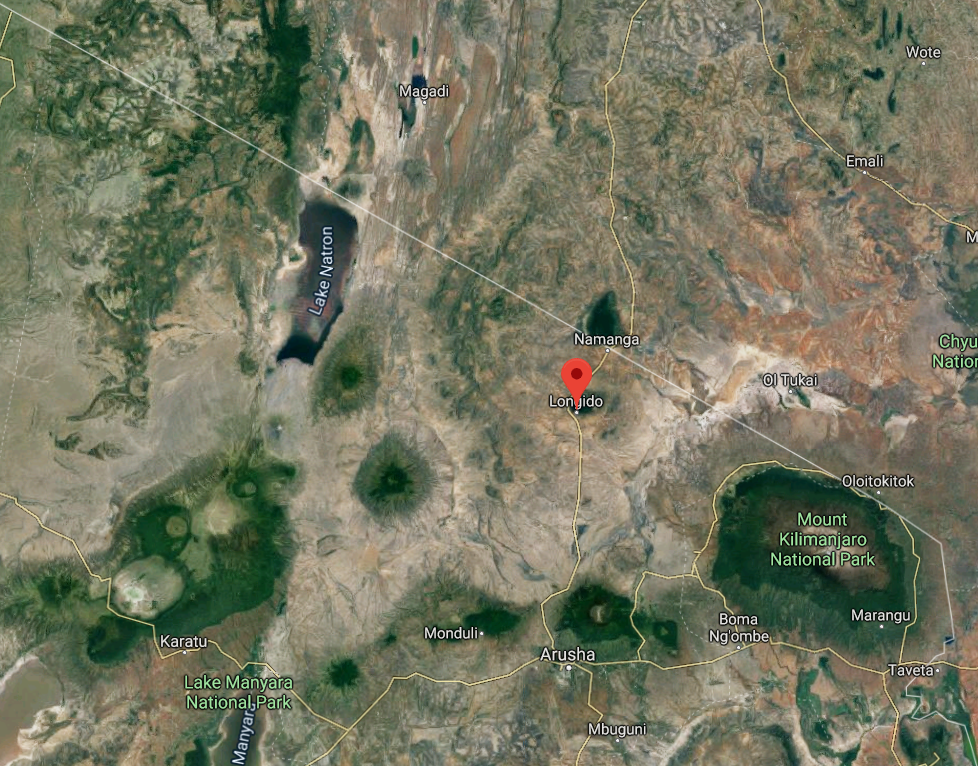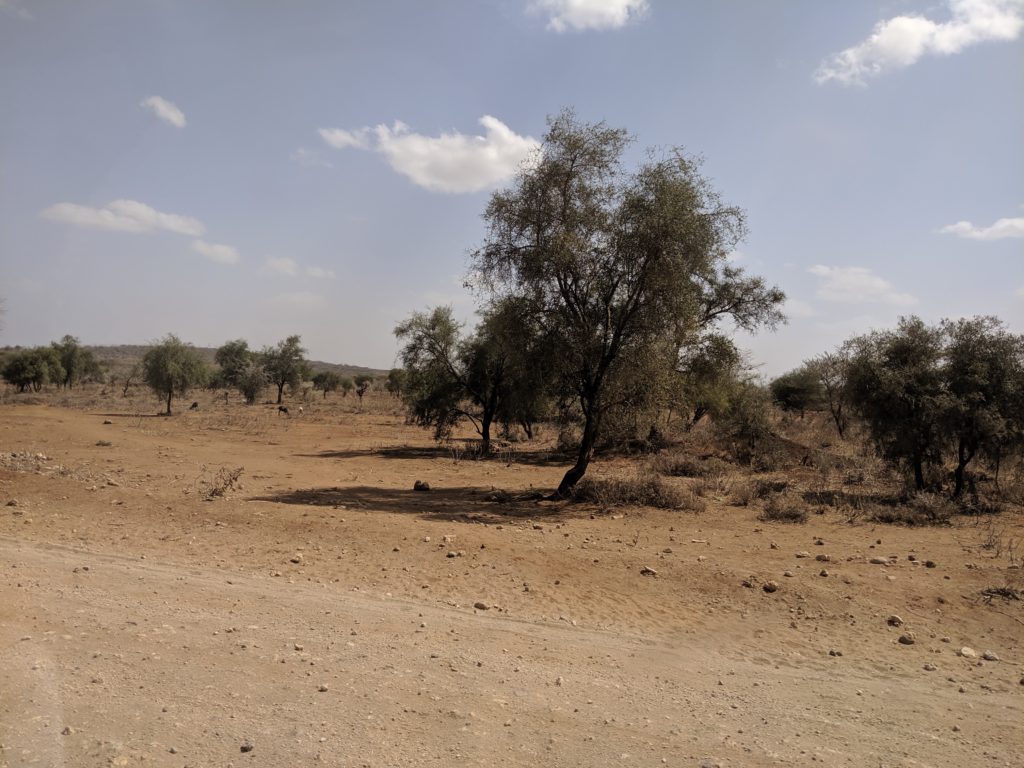
Pole sana (very sorry, in KiSwahili) that I haven’t posted for a long time. I’ve been busy with a few things that I’ll tell you about. There have also been some transitions. I’m not very good at keeping up with other things when both of these are going on!
First, the biggest transition, of course, is that Rich is here! Wonderful to have my partner here to experience all these new things together.
As far as work goes, the past few weeks have culminated with submitting a proposal to the Bridge Collaborative with my collaborator here at Nelson Mandela. The Spark fund is designed to help teams take great ideas and bridge them to making a larger, even global, impact. This first deadline is to become one of 25 international teams (they also accept 25 US teams) to do some more training and submit another proposal in November for funding that would start in January.
My collaborator and I have pulled together a diverse team to work on Rangeland Restoration. The team is comprised of natural and social scientists, local NGOs with on-the-ground experience, and local stakeholders. It’s pretty exciting to think about what this group could do.
There were a couple of experiences leading up to this proposal. First of all, three weeks ago (the first week after Rich arrived), we got to participate in a Stakeholder Forum with the Northern Tanzania Rangelands Initiative. The first day was a field trip and the second day was a meeting.

The first day was amazing. We traveled to Longido, Tanzania, where we met with government officials and got to see some school kids first sing a song about climate change and then perform a play about resolving human/wildlife conflicts.
Then we rode in buses about 2 hours northwest of Longido to meet with a community about grazing issues. What we didn’t know, and even the organizers of the event didn’t know, was that there was going to be a huge celebration. As we got off the buses, we were met by about 200 Maasai women who were singing.
But the rangelands are in pretty bad shape. According to the United Nations, drylands comprise ~41% of the Earth’s land area and support over 2.5 billion people. Up to 20% of these lands are degraded, putting ~250 million people at risk for malnutrition.

These rangelands are in the rain shadow of Mt. Meru and Mt. Kilimanjaro, and also this is a photo from the end of the dry season. The long rains failed earlier this year. As a restoration ecologist, I’m convinced that active restoration is now required to move these rangelands to be more productive and that it’s not enough to just reduce grazing levels.
Shortly after this field trip in Tanzania, Rich and I attended the World Conference on Restoration Ecology in Cape Town, South African. There was a lot of talk of the United Nations announcement of the Decade of Ecosystem Restoration (2021-2030). The ideas for considering rangeland restoration and not just forest restoration are timely since we are also just moving out of the UN Fight Against Desertification (2010-2020).
I am enamored with the technique that an NGO called justdiggit.org has employed for active restoration to improve rangelands. They worked with a Maasai group in southern Kenya to determine what methods the Maasai were interested in to do rangeland restoration. The group ended up settling on digging 78,000 small berms by hand before the rainy season. Once the rains arrived, the berms captured a bit extra water and plants germinated within the berms, greening the landscape. Justdiggit is also working in Tanzania in the Dodoma area. A graduate student here at NM-AIST is now employed by justdiggit as well. I hope to see collaboration with NM-AIST, justdiggit, and some of the NGOs in the Arusha area who are very knowledgeable about conditions here to consider adopting their techniques.

